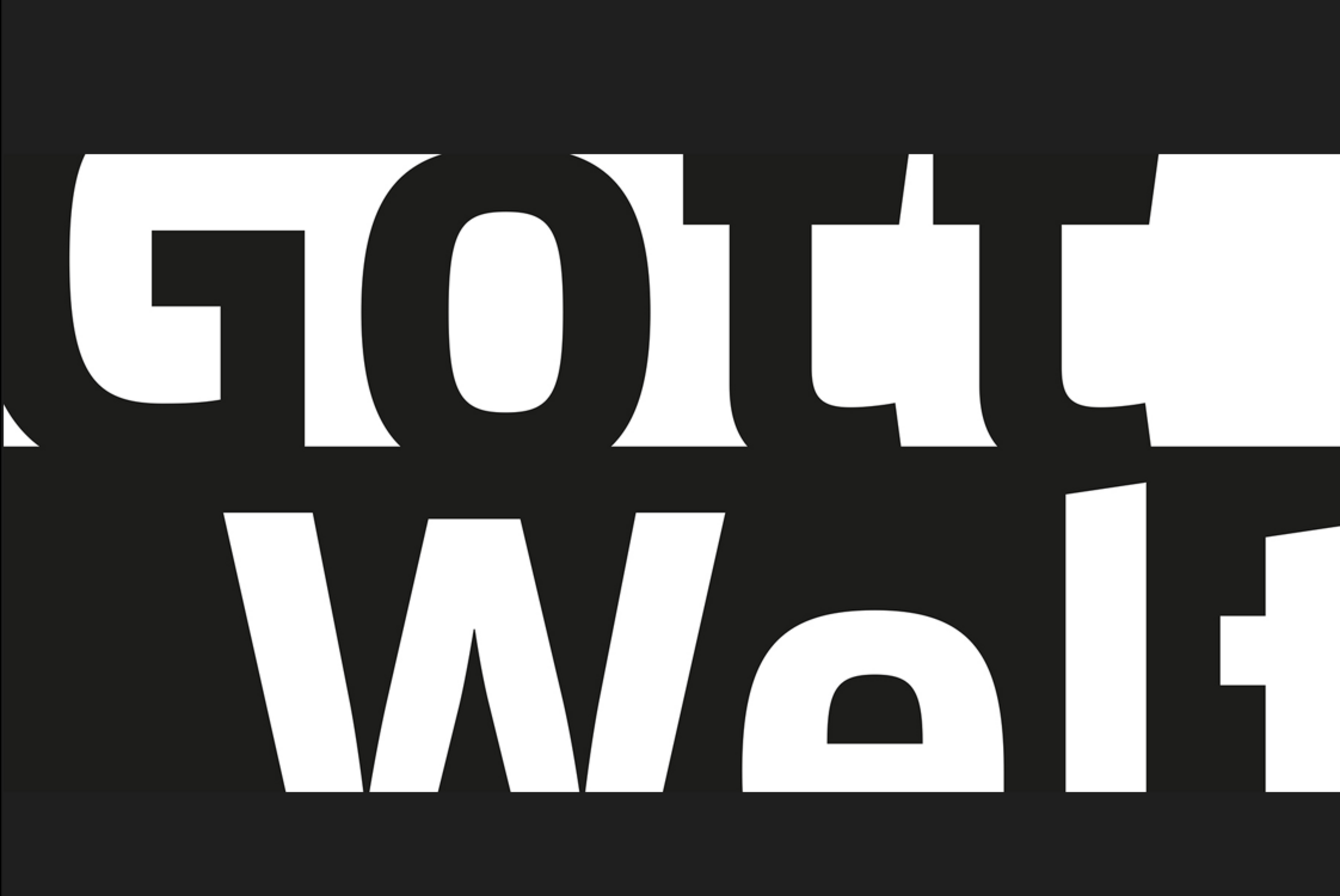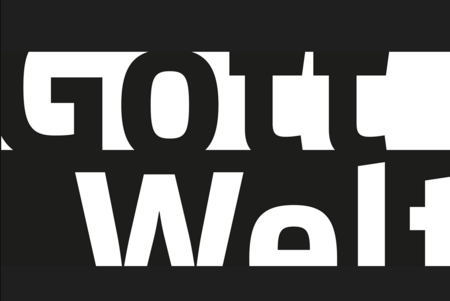God and the World
What do we believe in?


Image Credits
Duration
06.04.2017 - 04.11.2018
Opening
05.04.2017, 6pm
Location
Schloss Trautenfels
Curators
Katharina Krenn Krenn, in colloboration with Wolfgang Otte and Ingomar Fritz
Show all
About the
Exhibition
To mark two anniversaries – 500 years of the Lutheran Theses (2017) and 800 years of the Diocese of Graz-Seckau (2018) – the new special exhibition in Schloss Trautenfels is dedicated to the general theme of ‘faith and believing’. At the heart of the exhibition lies an investigation of the fundamental spiritual needs of mankind from both a philosophical and religious theory viewpoint, and the dialogue between the world religions as well. Mindful of the international context, the exhibition covers such aspects as freedom of religion, integration, tolerance, extremism and migration. The interdisciplinary approach to the theme carefully explores the question of how the spiritual, religious cosmos of religions is reflected in people’s daily lives. Without the results of astronomical observations and the laws of physics, our knowledge of how the world came to be would be insufficient. The exhibition is devoted to the creation of the universe, whereby various creation myths are juxtaposed with scientific discoveries. Fossils – the only ‘concrete historical evidence for phylogeny’ (Thenius) – are important documents of evolution, but they can also be sources for mythology and superstition. Ever since humans have lived on our planet with their spiritual ideas, perceptions and longings, such existential questions have arisen as ‘who am I?’, ‘where do I come from?’, ‘where am I going to?’ So we can find indications of belief in something supernatural as early as some 30,000 years ago. Illustrations on cave walls or the famous ‘Venus of Willendorf’, as well as the ‘Strettweg Chariot’ from the Iron Age, all point towards religious beliefs, although our interpretation can only be speculative at best in many of the objects preserved. Questions about death led to the world of ancestors. Similarly, we can only conjecture about when and in what way the shift from venerating those who came before, to worshipping gods – or god-like creatures - came about. In the beginning, it was faith that ordered the world. Gods conquered chaos, they were linked with the great, inscrutable forces of nature such as lightning, storm and fire, though also with the earth, moon and sun; they were given distinctly human characteristics, too. Some 1,200 B.C.E., the Egyptians revered a unique god, the sun god Aton. The veneration of this god can now be regarded as the stage prior to the emergence of the three great monotheistic religions, Judaism, Christianity and Islam. Commonalities, differences and particular aspects of the world religions are presented using a variety of examples. The inter-disciplinary preparation of the theme carefully explores the question of how the spiritual, religious cosmos of religions is reflected in people’s day-to-day lives. As an example, visitors are also shown how the close connection between eating culture and religious life can shape cultural identity. The current issues of our era concerning freedom of religion, integration, tolerance, extremism and migration influence human co-existence. They are likewise themes in this exhibition, as is the modern ‘patchwork religiosity’, which for many ‘world citizens’ has become a matter of course. Not least of all, the Burg Neuhaus – today’s Schloss Trautenfels – is thematised, drawing on the history of the building and its owners, especially in view of its role as a centre of the Reformation in the central Ennstal region. In this regard, particular attention is also given to those Protestants forced to emigrate in the wake of the Counter- Reformation, with the example given of the currently close relations between Tauplitz (Styria, Austria) and Iklad (Hungary).
Stiftung Weltethos, Salzburger Landesinstitut für Volkskunde, Archäologiemuseum und Naturkundemuseum - Sammlung Geologie & Paläontologie, Universalmuseum Joanneum
Exhibition design
Werner Schrempf, ORGANISATION



















